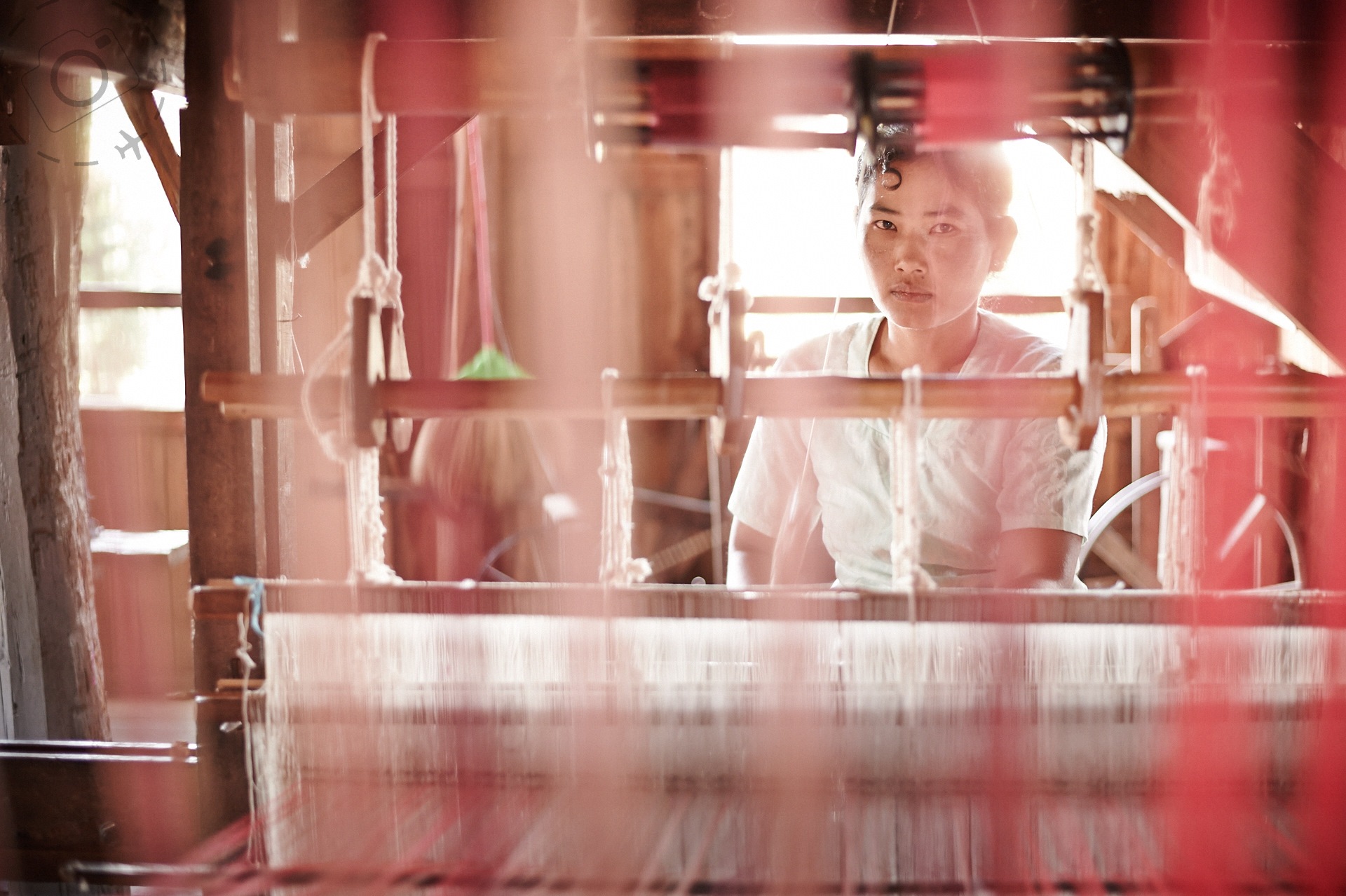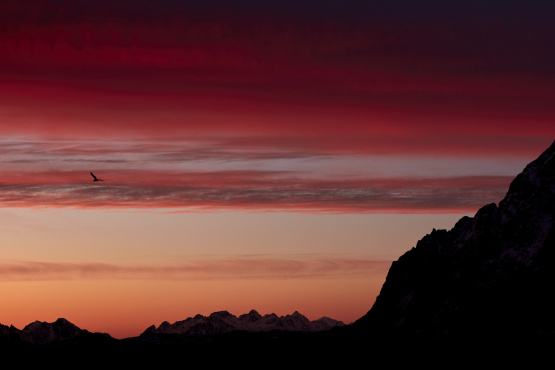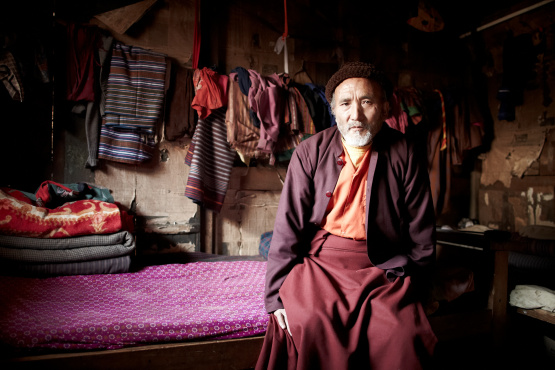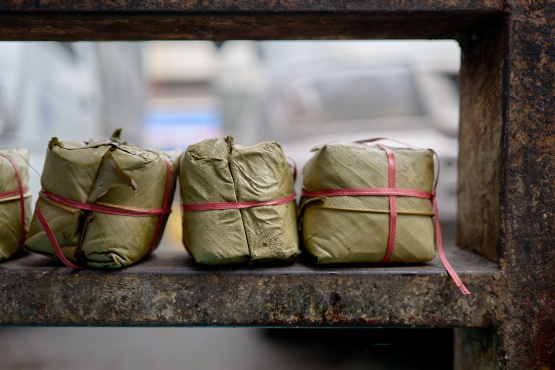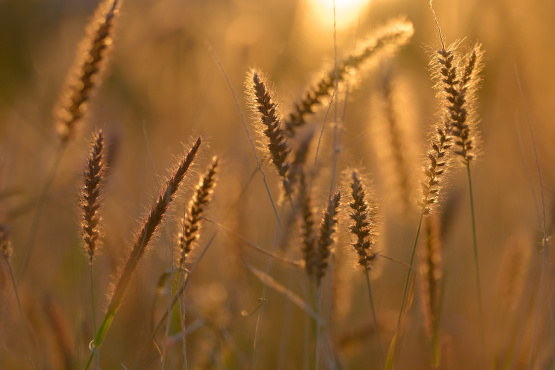If you're reading this website then you're already onto the idea that a little research can improve your art. It can also improve your travel schedule, both to make sure you don't miss some key highlights and to ensure you avoid some duds.
I've lost count of the number of times people have asked me for a really good photo of China's Yangtze River. I've done a little digging and have been profoundly unimpressed with what other photographers have revealed of the Three Gorges, both before and after the dam project. As a travel photographer I want to spend my time in places that will inspire me, so I continue to put the Yangtze very low on the list of places I want to visit and shoot.
This might seem a little predetermined in comparison to the philosophies outlined on this website. You might argue that until I see it for myself how can I be so sure of what I'm missing? In this case it's simply a matter of priorities. When you have limited resources, and most of us do, you want to go for the option that is most likely to succeed. It doesn't mean that there aren't wonderful images to be found on that river, nor does it mean that I may not succeed where others have failed.
Given a choice between a week on a cruise boat in southern China or a single day wandering the streets of Hong Kong, I know where my expression will find more favour.
Reviewing books, brochures or even postcards of a region you are about to explore is useful preparation in two ways. Firstly you can tally a list of subjects that are worth your attention during a time strapped itinerary, and second, you can enter that destination with an awareness of what your photographic audience might expect to see. This becomes a double-edged sword; on the one hand a professional photographer needs to collect the iconic images that publishers will buy, and on the other hand the artistic photographer wants to find a new expression that side-steps what people already perceive.
BROWSE
Sitting down with a luscious book of images published by a master photographer is always good food for the soul, and the mind.
My family have given up trying to buy me innovative presents for Christmas, they know I simply want a lovely book of images so I can absorb some new ideas. Each time you glance at a photo that speaks with a voice, that speaks to you especially, your brain makes a note of it. Somewhere in the mind a part of that image is connected to all the other images, then filed purposefully to be recalled at a later date and influence your own creative expression. Photographers by nature are visual creatures who absorb what they see – we learn through example.
There is a danger in focusing too much on specific images or techniques that belong to other photographers. You don't want to end up shooting to a formula or simply recomposing another persons interpretation. But you also need to expand your horizons and take inspiration from beyond your current field of view.
Elliot Erwitt suggests to go beyond just the art of photography for your research, "...Explore anything visual because this is, after all, how you express your artistry. Look at paintings, movies, drawings, sculptures – look at anything visual and try to integrate that into your visual sense."
A little research can have a humbling effect on your own ego as well.
On my second trip to Thailand I decided I wanted to shoot a book about food and cooking, a small but visually powerful guide that peels back the onion skin of ideas that encapsulate Thai cuisine – in the same way a guide book is an aid to travellers. At the airport in Bangkok I stopped at a news stand and found a copy of a new title by Lonely Planet called "World Food – Thailand". I thumbed through the pages as my heart sank, my stomach churned hollow and my glowing optimism for the future evaporated and vanished. This was exactly the book I had been thinking about for the past two weeks. I was too late.
Delving deeply into mankind's collective pool of photography is a huge challenge. It can seem like everything has already been done, every destination has been photographed and every story told. And yet each day we discover that new works are is brought into the world, new ideas are pushed forward and new storylines emerge from the chaos. If you stick to telling your own stories then there will always be room to share them.
PUBLISH
Of all the collections you can spend time researching, perhaps the most important is your own.
The digital revolution in photography has made the process of reviewing your own images far more productive and rewarding. We no longer have to hold a strip of transparencies up to the light and fumbling around for the right roll of film. Digital photography has come full circle so that we can easily compose and publish books using print-on-demand, prepare a slideshow to share online or just tack a few hundred photos onto our Facebook page.
Don't underestimate the value in all these things. Presenting our work is a critical step towards finding an audience and finding your voice. Not only because you are baring yourself in the process, opening yourself to criticism both good and bad, but because it is you who must initially assess the images in your collection. This is one of those times when the journey is more rewarding than the destination.
Preparing and presenting a collection of work from each of your travels can advance your photography more than any workshop or course. The essential elements to personal growth are the repeated evaluation of your own images, an awareness of the audience you intend to present to and a genuine constraint upon the scope of the publication. You wont learn much by filling a bucket with photos – less is more.
For years my standard tool for presenting slides on my website was limited to just 19 frames, and with a single aspect ratio of 16:9 landscape. After every brochure shoot I had to rummage through hundreds of photos and pick just 19 of them to document the entire experience. That constraint pushed me to work harder at getting more of the story in every single shot, and to shoot each scene several ways so I had options to choose from later. The pressure to make the next presentation more complete really worked. Back then I was coming home with about 100 frames to keep for every week of travel. Today I aim to collect for four times that amount, and the quality of my work is an order of magnitude higher.
The ancient Romans knew well the value of restraint upon the expression of man. The literary canons under which Roman authors published were rigidly imposed, demanding exact use of rhythm and meter when delivering their message. If you can imagine trying to write an service manual for a German car using only Haiku and half the alphabet, then you're half way there. Not only was there a requirement for words to flow with rhythm, but the Latin language itself was poorly equipped for words that conveyed sentiments of romance and love.
Poetic figures such as Catullus and Ovid did manage to express themselves however, and I suggest their classic works were forged in part from those very constraints that countered free expression.
Assessing our photos for the purpose of presentation requires an appreciation for the audience we intend presenting to. Instead of orating to the Forum in metered Latin we're more likely to be adding to our blog, uploading a set to Flickr or printing-on-demand with Blurb. In each case an audience is involved and that makes us think a little harder about what we want to say to them.
MEDITATE
The process of selecting and arranging those images is an informative event. Treat the rummage and pick process as a chance to meditate over your images, to take them all in and delve into the depths of the set. Doing something with your photos allows you to contemplate the treasures that are evident in your work, but also highlights the omissions. Ask yourself, what am I missing from this set, what could I have added to make the story more complete?
And don't just do it once. Give the collection a little space and then come back to them again, and repeat the selection and arrangement steps. You'll have an informed appreciation of the images but are bringing fresh eyes to them as well. As a result you can expect to see different things each time. If you have the luxury of visiting the same place many years later you can research both your old and new images, side by side, and see how your perspective and expression has progressed.
Each review and reshaping of a presentation set helps you to understand the strengths and weaknesses of your own work, vital information that you can use to your advantage the next time you head out to shoot.
I'll leave the last word for Robert Doisneau who has colourfully documented the relationship he has with his photographs, "I'm quite happy with my pictures. I've been cohabiting with them for years now and we know each other inside out, so I feel I'm entitled to say that pictures have a life and a character of their own. Maybe they're like plants, they won't really flourish unless you talk to them. I haven't gone that far – not yet anyway. Lots of them behave like good little girls and give me a nice smile whenever I walk past, but others are real bitches and never miss any opportunity to ruin my life. I handle them with kid gloves."

